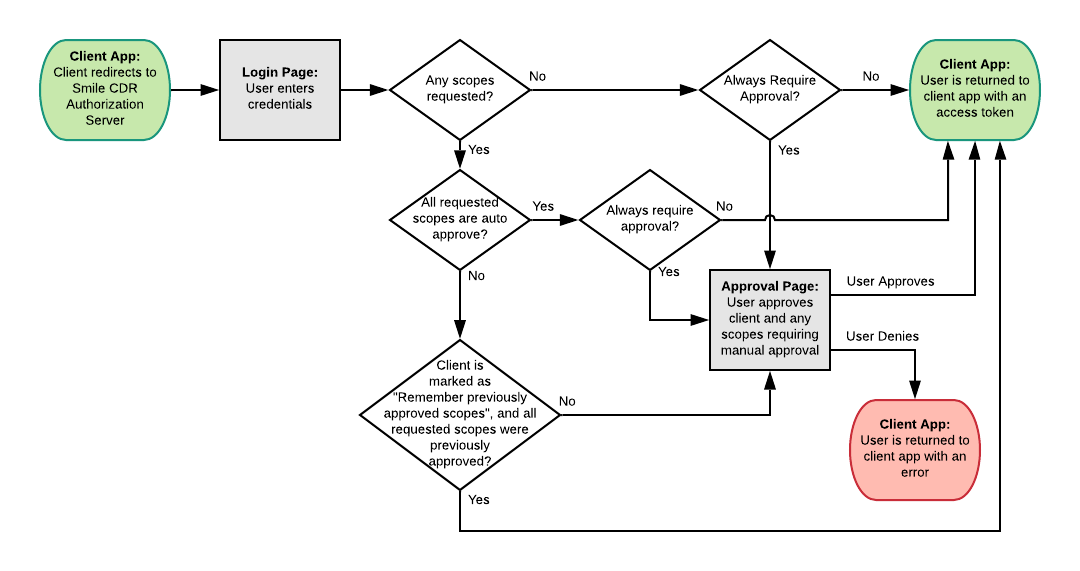

List the installed apps and extensions and match your app ID on the apps and extensions management page to the same ID here.Example on MacOs: ~/Library/Application\ Support/Google/Chrome/Default/Extensions It's not the most graceful task, but here's how it goes: To keep your application ID constant, you need to copy the key in the installed manifest.json to your source manifest. Therefore it's important to have a consistent application ID during development. When you register your application in the Google OAuth console, you'll provide your application's ID, which will be checked during token requests. You can then upload your app to the apps and extensions management page (see Publish). You need to make sure the identity permission is in your manifest. Update your manifest to include the client ID and scopes.

Get an OAuth2 client ID for your Chrome App.Copy key in the installed manifest.json to your source manifest, so that your application ID will stay constant during development.Add permissions to your manifest and upload your app.Here are the five steps you need to complete: The redirect URLs are passed to the app and the app extracts the token from the URL. This method uses a browser pop-up to show the provider pages and captures redirects to the specific URL patterns. Apps can get OAuth2 tokens for these users using the getAuthToken API.Īpps that want to perform authentication with non-Google identity providers must call launchWebAuthFlow. # How it worksĬhrome Apps users have a Google account associated with their profile. API Samples: Want to play with the code? Check out these samples, in particular the identity sample.


 0 kommentar(er)
0 kommentar(er)
